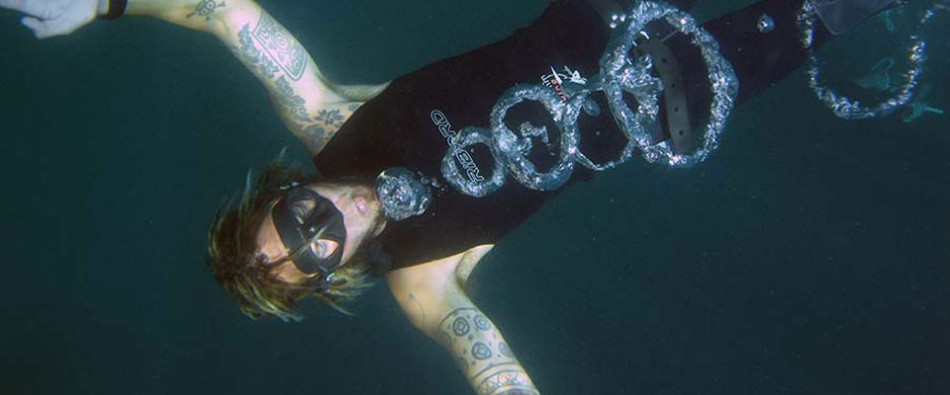
Recreational Freediving
What is Freediving?
To Freedive is to spend time in the underwater world while holding your breath. It gives you the freedom dive down and really experience the underwater world as a 3D environment. It is a similar feeling like flying , just as an eagle soars up in the sky, if the eagle sees something and wants a closer look, he tucks in his wings and dives down to inspect the curiosity. it is no different for a freediver, being on the surface gives you the birds eye view scuba divers don’t have, which makes it a lot easier to spot any interesting marine life and dive down to investigate. it’s simplicity is its beauty.
Can I learn to Freedive?
Anyone can learn to freedive, if all you are looking for is to be able to spend time below the water whilst interacting with the fish, then you really don’t need to be in top physical condition. All kinds of people can enjoy the underwater world.
Most people think that because they randomly try to hold there breath and only last 20 or 30 seconds that they will never be able to freedive. If you are one of those people don’t worry. During my courses you will learn special breathing and relaxation techniques that will put your mind and body into “Freediving mode” after which those same people will hold there breath for over 2 minutes.
There are a lot of aspects that make a good freediver and during each course I will continually coach you into becoming the best freediver you can be.
Soon you will be able to freedive alongside turtles or glide into the beautiful blue depths of the ocean for the price of a breath of air.
History Of Freediving
Freediving as a recognised activity has only been around for 100 years, but people have been practising diving deep without equipment for thousands of years. The oldest evidence we have of ancient Freedivers goes back nearly 10,000 years to a civilisation beside the Baltic Sea called the ‘Clam Eaters’. Naturally enough they got this name because of the large amount of clams and shellfish they ate which they must have got by freediving into the Baltic sea and retrieving them from the bottom.
Ancient freedivers took to the depths of the sea for more than just food. 6,000 years ago the Assyrian’s were using freedivers to attack and sink their enemy’s warships. More recently (about 5,500 years ago) the Egyptians were making jewellery from pearls which again would have to have been obtained by freediving to the bottom of the sea.
Whilst in Japan and Korea there has been an unbroken history for the last 2,000 years of freedivers, ‘Ama’, who would hold onto a heavy stone attached to a rope that would drag them down into the deep to collect sponges, shells and pearls, swimming back to the surface. This tradition is still carried on in many parts of the world today.
The first modern recording of a Freediver was in 1911. At the time the flagship of the Italian navy was the armour-plated ‘Regina Margherita’ and whilst in the Aegean Sea at Kaparthos she lost her anchor in 75m of water. Having failed to recover their anchor for 3 days the captain of the ship invited a group of Greek sponge divers to help them. Among the sponge divers was Yorgos Haggi Statti who claimed that he could dive to 75m, even 100m if necessary.
The ship’s doctors thought he was a weak, sickly looking man saying that he had pulmonary emphysema and shouldn’t dive. Nevertheless Yorgos made three dives that day and on the final dive he managed to locate the anchor and thread a rope through the eye allowing the crew to recover their ship’s anchor. Yorgos was the first recorded Freediver in modern history.
Although anyone that dives whilst holding their breath is a freediver, the discipline of freediving is a lot more sophisticated than that. Understanding how your body breathes and responds to breath holding is the foundation for more complex breathing exercises. Castaway has an introductory freediving course and an advanced freediving course. With just a couple of days training you can drastically improve your ability to hold your breath and dive.
